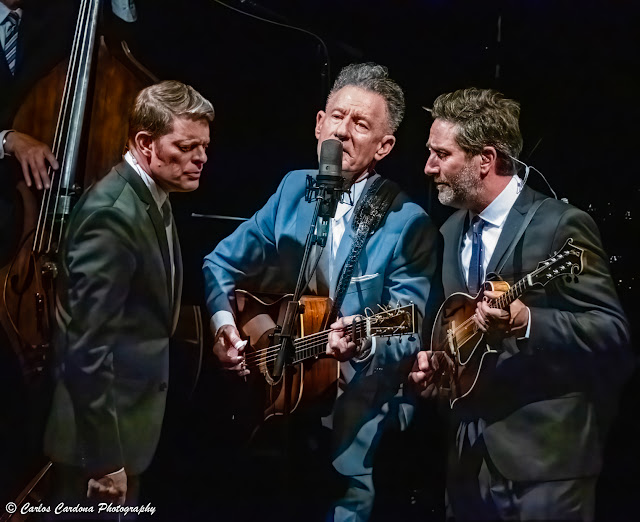Music Photography
Music photography can be an exciting and rewarding experience, capturing the energy and emotions of live performances. Here are some tips to help you get started:
- Understand the Genre and Venue: Familiarize yourself with the music genre you'll be shooting. Different genres have different aesthetics and energy levels. Also, learn about the venue where the performance will take place, as it can affect your shooting options (e.g., lighting conditions, access to the stage, etc.)
- Get the Right Gear: Invest in a camera with good low-light performance and fast focusing capabilities. For concerts and low-light situations, fast prime lenses with wide apertures (e.g., f/1.8, f/2.8) are beneficial as they allow you to capture more light and create a shallow depth of field for artistic shots.
- Know the Rules: Before shooting at a concert or event, make sure to understand the venue's rules and policies regarding photography. Some events may have restrictions on the type of equipment allowed or where you can position yourself. Typical is the “3 song rule”, you are allowed to shoot from the “pit” until the 3rd song, then you have to leave the pit area.
- Shoot in Manual Mode: Concert lighting can be challenging, with fast-changing and often dramatic variations. Shooting in manual mode gives you greater control over your exposure settings, allowing you to adjust quickly to changing light conditions.
- Shoot in RAW Mode: So you have the most latitude in your editing. This also allows you to use the Lightroom Classic Denoise function.
- Use a Fast Shutter Speed: To freeze motion and capture sharp images of musicians in action, use a fast shutter speed (e.g., 1/200 sec or faster). This will prevent motion blur caused by movement on stage.
- Adjust ISO Sensitivity: In low-light situations, you'll likely need to increase your camera's ISO sensitivity to capture enough light. Use the Denoise function in Lightroom Classic to reduce digital noise in your photos from high ISOs.
- Watch Your Composition: Pay attention to the composition of your shots. Look for interesting angles, use leading lines, and focus on capturing the emotions and interactions between musicians and the audience.
- Capture the Atmosphere: Music photography isn't just about capturing the performers; it's also about documenting the atmosphere and emotions of the event. Don't hesitate to turn your lens toward the audience, capturing their reactions and interactions with the musicians.
- Anticipate Moments: To capture the most engaging shots, try to anticipate moments before they happen. Familiarize yourself with the band's movements and timing during rehearsals or previous performances.
- Post-Processing: After the event, edit your photos to enhance colors, contrast, and exposure. Be mindful not to overdo it, as you want to maintain the authentic feel of the concert.
- Respect the Artists: Always be respectful of the performers and their space. Avoid using flash, as it can distract the artists and disturb the audience's experience.
- Practice, Practice, Practice: Like any form of photography, music photography takes practice. Attend local shows and concerts to improve your skills and build a portfolio.
Remember, music photography is as much about capturing the spirit of the event as it is about technical prowess. Don't be afraid to experiment and find your unique style as you document the world of music through your lens.





Comments
Post a Comment